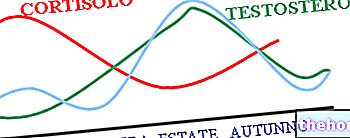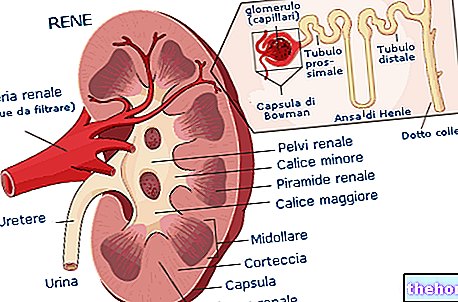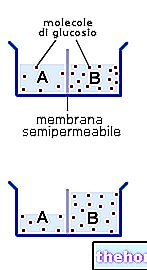The length of the human intestine varies considerably in relation to the technique (surgical, radiological or autopsy) used for its evaluation. For example, the measurements of the intestinal length carried out during autopsies give values approximately double those found in living beings, since after death the longitudinal muscles of the intestinal tract are released.This introductory consideration explains the wide variations in intestinal length reported in the various texts.
According to the book "Physiology - An Integrated Approach by D.U.Silverthorn "- in the living adult there is an overall intestinal length of about 4 meters, of which almost three are made up of small intestine, while the remaining 100-120 centimeters are made up of" large intestine.
As for the small intestine, about 25 centimeters are made up of the initial tract, the duodenum, where most of the digestive processes are completed, while the intermediate and terminal tracts, respectively called jejunum and ileum, measure about 260 centimeters. These tracts are mainly responsible for the absorption of nutrients, as well as the colon (or large intestine) where a further quantity of water and salts is reabsorbed, as well as vitamins and volatile substances produced by the local microflora.
In many textbooks almost double values are specified, in the order of six / seven meters in length for the small intestine, and about 150 centimeters for the large intestine.

In a recent study conducted in 2002 (Anatomical study of the length of the human intestine - Hounnou G, Destrieux C, Desmé J, Bertrand P, Velut S.), the measurement of the overall length of the intestine of a group of 200 cadavers of different physical constitution gave an average result of 795 ± 129 cm. the main factor that influences the length of the intestine is represented by the weight of the subject, while the height correlates in a less significant way to this parameter. The length of the entire intestine also seems to increase with age. we read on another study dating back to 1992 published on pubmed ( Analysis of length and surface area of each segment of the large intestine according to age, sex and physique - Sadahiro S, Ohmura T, Yamada Y, Saito T, Taki Y.), Japanese men tend to have a shorter large intestine, but with a larger diameter in the terminal portion than females. Finally, we report a study (Small intestinal length: a factor essential for gut adaptation. - Weaver LT, Austin S, Cole TJ.) In which the overall length of the intestine, measured by biopsy examination on cadavers, was equal to: 125 centimeters at the twentieth week of gestation, 200 cm at the third week of gestation, 275 cm at birth, 380 cm at one year of age, 450 cm at five years, 500 cm at 10 years and 575 cm at 20 years.




























